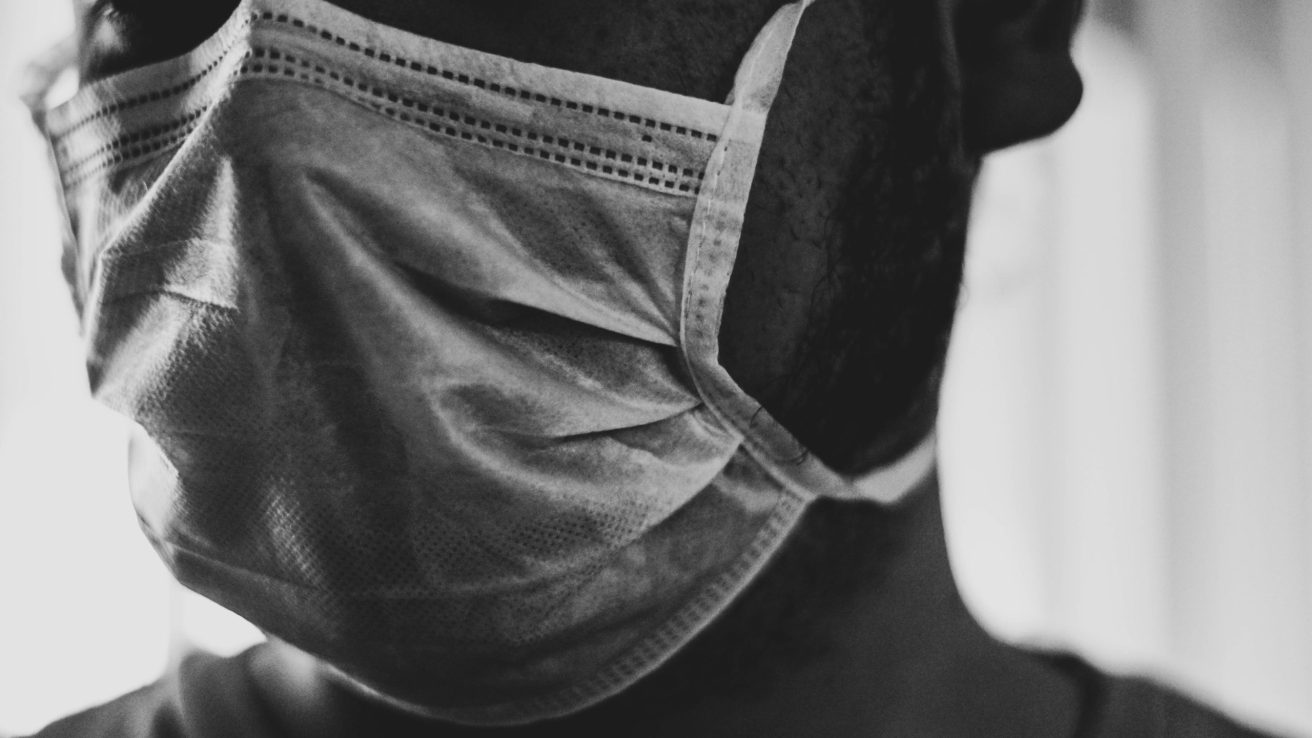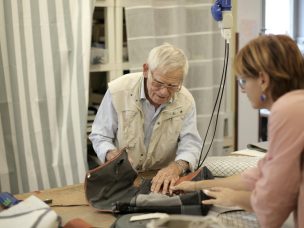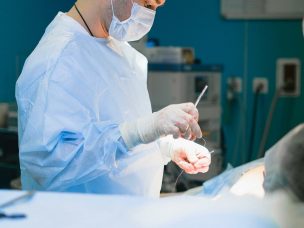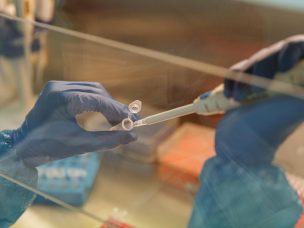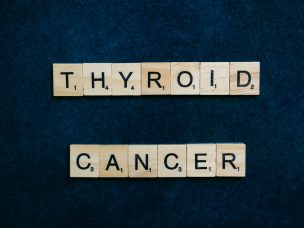In a special article published online April 1 in Advances in Radiation Oncology, a framework is laid out for the management of radiotherapy for prostate cancer patients during the coronavirus disease 2019 (COVID-19) pandemic.
Nicholas G. Zaorsky, M.D., from Penn State Cancer Institute in Hershey, and colleagues established recommendations and developed a Remote visit, and Avoidance, Deferment, and Shortening of radiotherapy (RADS) framework to evaluate and manage prostate cancer patients during the COVID-19 pandemic.
The researchers noted that telemedicine consultations and return visits are recommended when resources and staff are available across all prostate cancer stages. Based on the stage of disease, delays in consultation and return visits between one and six months were deemed safe. For very low, low, and favorable intermediate-risk disease, treatment can be avoided or delayed until safe. Neoadjuvant hormone therapy can be used for four to six months, as necessary, for unfavorable intermediate-risk, high-risk, clinical node-positive, recurrence postsurgery, oligometastatic, and low-volume M1 disease. For localized, oligometastatic, and low-volume M1 disease, ultrahypofractionation is preferred; for postprostatectomy and clinical node-positive disease, moderate hypofractionation is preferred. There is a preference for salvage to adjuvant radiation.
“These recommendations are not formal rules or policies, as we do not believe this is possible when data is so limited,” the authors write. “Rather, the goal was to provide guidance and a framework of thinking of how numerous programs are approaching the care of patients with prostate cancer at their own clinics, who are all at various stages of impact and restrictions from the COVID-19 global pandemic.”

